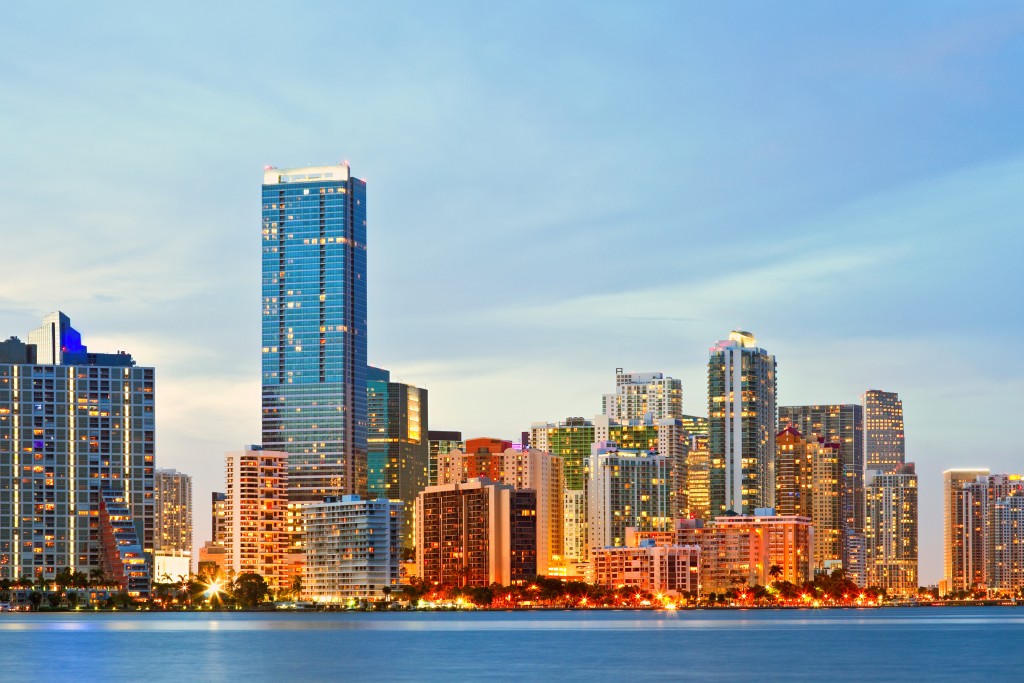Climate Change is one of the most vexing problems of today’s generation. A byproduct of an accumulation of environmental neglect for hundreds and thousands of years has brought us to a world with a deadline. This deadline, the time when Earth gives up on us, is only 12 years.
As a result, people have devised ways to become more eco-friendly but movements that have taken the mainstream are led by the younger generations. They’re skipping the plastic bag and the supermarket and replace it with reusable bags. They’re buying secondhand clothes or upcycling them to reduce textiles gathering in landfills. Most of all, they’re at the front lines of climate activism.
Why they’re so worried is not just another trend on social media. It’s about their future. It’s the world where they’re going to build lives of their own, able to function as productive members of society. It’s where they’re going to start their families and raise their kids. How can they do that when the threat of violent hurricanes, earthquakes, eruptions, etc. are looming on the horizon?
Climate change affects every single person on the planet as well as industries. For example, climate change is slowly affecting construction. Construction is one of the biggest contributors to greenhouse gases, from the production of concrete to its transportation. As a result, the industry is encouraging green innovations that will minimize adverse effects on the environment.
Additionally, practical applications are present on the resilience of buildings and establishments. Since there is an increase in floods, earthquakes, and other natural calamities, establishments should be ready for these. The increasing temperature of the environment is another determining factor for the durability of establishments.
Climate-Resilient Buildings
Buildings are prone to weathering. This damages and degrades the building slowly until it poses a health and safety hazard for the building. It could happen in the exterior and interior of the place, especially with the changes in our environment. The extreme temperatures and fluctuations, ultra-violet radiation, chemicals in the atmosphere, and many more factors cause the building to be vulnerable.
These can be avoided, and buildings can become more resilient to these damages. Here are a few steps you could take in the construction of your office, building, or home:

1. Add a Protective Layer on the Concrete
Concrete is also exposed to carbonation and corrosion. These could occur and accelerate in environments where there is an increase in CO2 concentration, relative humidity coupled with fluctuations in temperature. Concrete also experiences wear and tear from daily human activities.
Adding a protective concrete coating guards the surface against absorbing products in its surroundings, considering that concrete is porous. It also lessens the impact of consistent use on the concrete itself. No matter how many people walk on the pathway every day or how many cars go in and out of the garage, the concrete underneath the added layer is insulated.
2. Invest in Durable Materials
Using durable material properly increases the durability of the building. These materials do not easily give in to the pressures of their environment. Some are even manufactured to withstand specific dangerous situations.
An example would be the kind of windows people would choose for their establishments. Remember that windows are the fragile part of the building’s defense against outside forces. In floods and earthquakes, they are easily broken, allowing unwanted and harmful things into the building. The people involved in the construction can choose to use a thick glass, around 19 mm or thicker, if available. They can also use bulletproof glasses with resistance coating so that it can withstand the weather and ultra-violet light.
3. Research Prior to Construction
People can add features to their buildings all they want. These will make it resilient, yes, but preparedness is so much better. Natural calamities and their risks can be local because the amount of damage in one area may not be the same in another area. Therefore, researching and getting information about the previous calamities and risks that can arise in the area can aid in making changes for construction.
For example, when building a house in an area prone to flooding, adding a few more inches to the base level will prevent the water from going into the house. Climate conditions, such as extreme heat, can also be determinants of building-specific features.
Creating climate-resilient buildings is a good way of coping with the damages caused by the drastic changes in the environment. While these ways are innovative, they should still not replace collective action against climate change to start the root of the problem.

